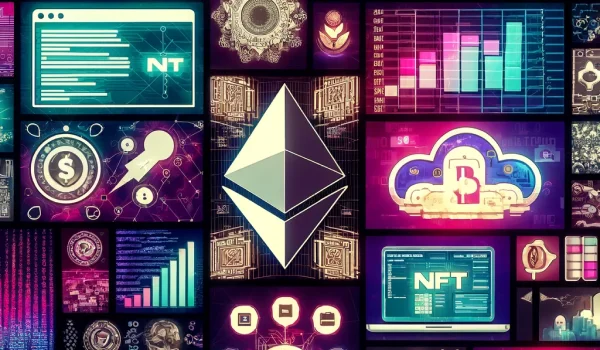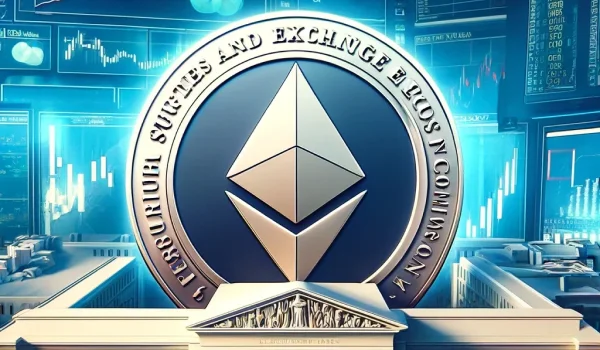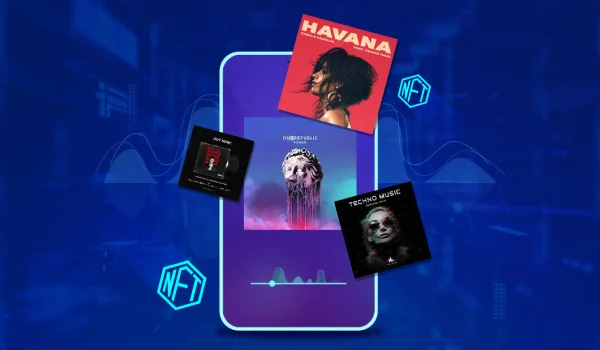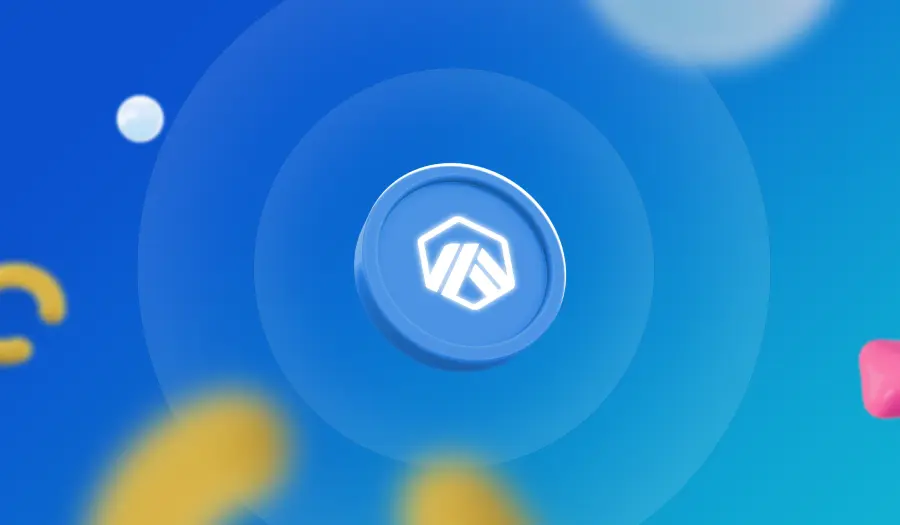Polygon is the Ethereum sidechain compatible with EVM. It uses the Proof-of-Stake validation method. It means that despite being its blockchain, Polygon is compatible with and benefits from Ethereum in several key ways. MATIC is the native token of Polygon. It also pledged to become carbon neutral in 2022.
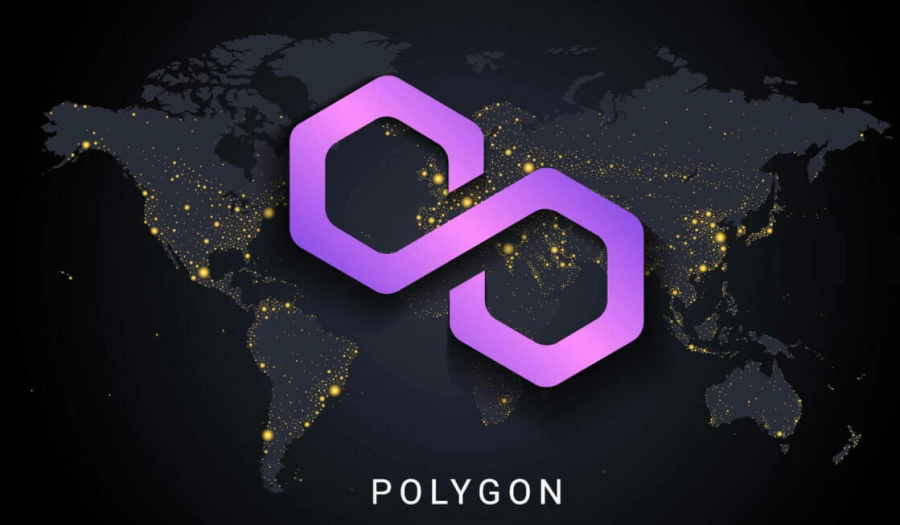
Polygon (MATIC) at a Glance
Polygon was developed to enhance speed and lower the transaction costs of Ethereum. Although the Layer 1 chain Ethereum is among the most famous blockchains because of its decentralized and secure nature, its fame resulted in higher gas fees and longer transaction times.
Polygon was built on the technology of Ethereum and designed to serve as a scalable solution for several pain points associated with Ethereum. It was created in 2017 with the name MATIC before it took on the new name Polygon in 2021.

The Polygon team
However, MATIC was retained for its cryptocurrency. Numerous dApps use MATIC for gas fees. It is also used to stake on the Polygon blockchain and can also be used to purchase Polygon NFTs.
Polygon as a scaling platform also provides developers with a suite of solutions.
How Polygon Works
Polygon is like Ethereum’s sibling. This is a different blockchain yet the two are compatible in certain ways. Wallet addresses on Ethereum and Polygon, for example, are similar on the two chains. It’s like account numbers shared across various services.
It’s possible to have multiple wallets or accounts on Ethereum and Polygon with multiple balances on both. However, your wallet address functions as the common identifier on the two. Polygon also takes advantage of the security protocols of Ethereum.
One of the important things to remember is that Ethereum and Polygon have different contract addresses. Polygon tokens must be bridged to Ethereum first for them to become useful there.
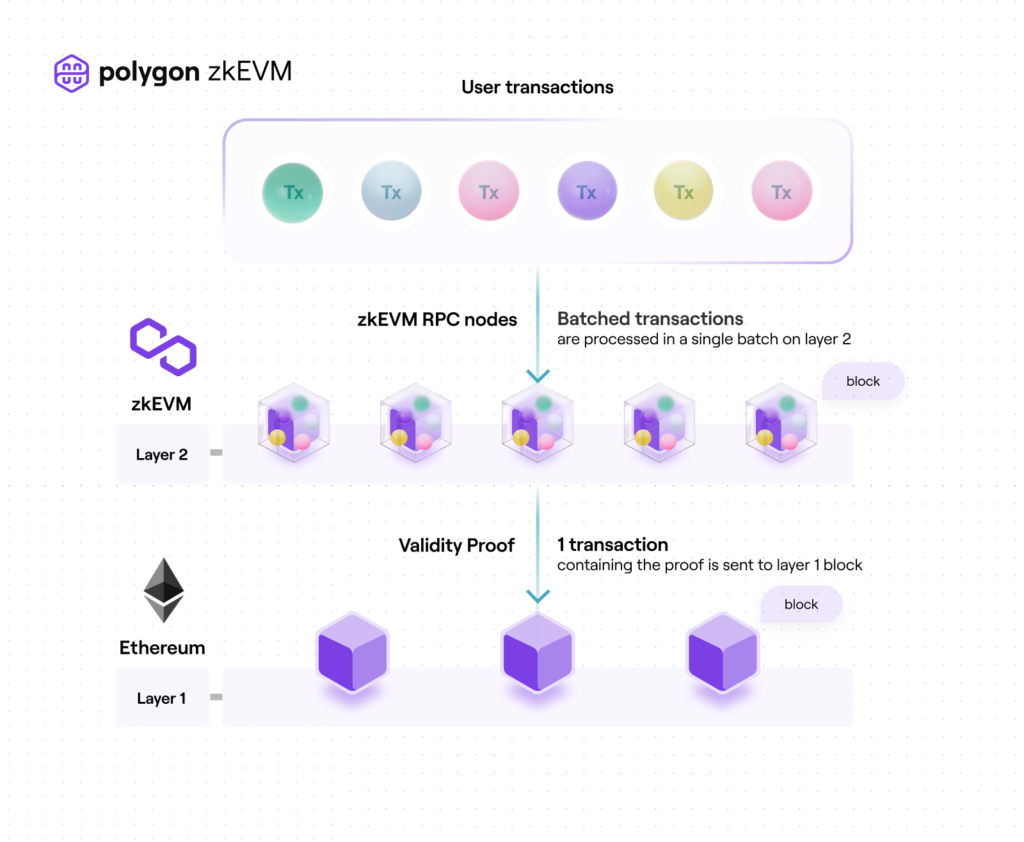
Layer 1 blockchains like Ethereum are the base or main level blockchains. It mainly means they provide tools that let other blockchains be built over them. These include core frameworks for software development and base security level.
Polygon is a type of sidechain developed for effective scaling. A sidechain is an independent separate blockchain linked to the Layer 1 chain through a two-way bridge. These sidechains have been designed for the efficient processing of transactions. They are also self-contained blockchains in charge of their security.
Ethereum and Polygon are connected to the main chain because of their similar underlying technology. Both can also have digital items transferred to the main blockchain.
The documentation of Polygon states that a sidechain is similar to a clone of a parent blockchain. It supports asset transfer to and from the main chain. This is a substitute to the parent chain that develops a new blockchain with its mechanism of making blocks or consensus mechanism. To connect a sidechain to the parent chain, a method should be set up to move assets between chains.
Typically, developers decide the type of blockchain to establish according to developer tools, processing speed, and gas fees. Polygon as well as other sidechains compatible with EVM help address scaling on Ethereum and cut down problems such as slower speeds and high gas fees.
Validation Method of Polygon
Polygon uses the method of validation of Proof-of-Stake to validate every transaction added to the blockchain. Validators stake MATIC on the Ethereum blockchain in the Proof-of-Stake method of Polygon as a prerequisite for validation to be allowed. The process helps ensure a public nature, secure and decentralized blockchain.
How can you use Polygon?
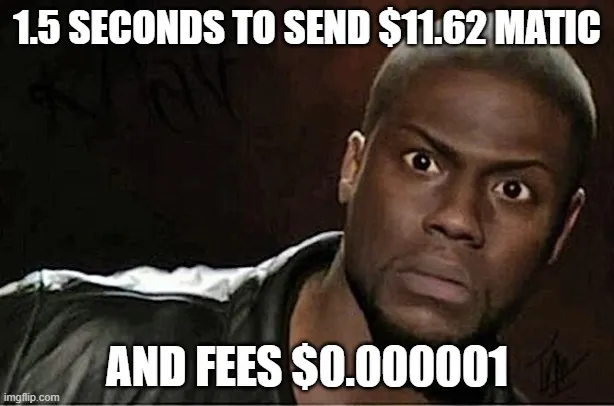
Polygon is like a better version of Ethereum. Think of it as a faster and cheaper way to do fun computer tasks. At first, Polygon was just made to help Ethereum work faster, but now it can do so many more things!
People can use Polygon to make dApps, and DAOs, trade, make NFT, and use $MATIC money. Some neat things, like money tools (Curve Finance and Aave), an art shop (OpenSea), and coin trading spots (SushiSwap), already use Polygon.
If you used to use Ethereum for these things, now you can use Polygon instead. For example, on OpenSea, you can choose Polygon when you want to buy or sell digital art. Just remember, you need a special wallet, like MetaMask, to start.
Main Uses of Polygon
The primary benefits of Polygon include its ability to reduce gas fees and process transactions faster than Ethereum. It can also use the security and decentralization of Ethereum.
Gas fee is a term used in Web3 that pertains to the payment required for the execution of blockchain transactions. The payments compensate the node operators that oversee the functioning of the blockchain. The validation helps guarantee the immutable and permanent record of the blockchain.
The following are some of the main uses of Polygon:
- Polygon DApps
DApps or Decentralized Apps are blockchain-integrated websites where you are required to approve and connect every transaction with your wallet signature. Decentraland, Sandbox, and Lens Protocol are some of the top Polygon DApps.
- Polygon DeFi
DeFi or Decentralized Finance describes the financial services operating on blockchain technology. Trading, borrowing, lending, and earning interest are some of the common services. DeFi allows fast, trustless, and permissionless transactions.
- Polygon NFTs
NFTs or non-fungible tokens are a form of unique digital items with ownership managed by blockchains. Good examples of NFTs are collectibles, digital art, crypto domain names, virtual reality items, physical assets’ record of ownership, and more.
Polygon NFTs
A Polygon NFT is an NFT minted on the Polygon blockchain. It is common to use Polygon for utility NFTs, virtual world NFTs, and gaming NFTS because of its speed and lower gas fees.
How to Buy Polygon NFTs
You need to use MATIC for the gas fee to buy an NFT on Polygon. However, you can also purchase a Polygon NFT with ETH for Polygon as well as some other currencies compatible with Ethereum.
You need to bridge the Ethereum currencies across to Polygon blockchain for you to spend Ethereum currencies on Polygon. A wallet compatible with Ethereum is required to bridge Polygon and ETH.
What to Store on Polygon
After setting up a crypto wallet compatible with Polygon, this can be used to access cryptocurrencies, DAOs, DApps, and NFTs. Coinbase Wallet and MetaMask are two of the famous Polygon-supported wallets. Since some crypto wallets don’t support NFTs, see to it that you double-check first if you have plans to sell and buy NFTs.
FAQ
Can you add Polygon to your crypto wallet?
Yes, you can add the currency of Polygon MATIC to your crypto wallet. MATIC can also be purchased from an exchange and have it transferred to your wallet.
What is Polygon Bridge?
Polygon Bridge is developed between Polygon and Ethereum to allow a seamless transfer of NFTs and tokens between the two.
Are Polygon and Ethereum compatible?
Yes, Polygon is an EVM-compatible secure sidechain that allows developers to create scalable dApps with reduced transaction fees.


 6 mins read
6 mins read